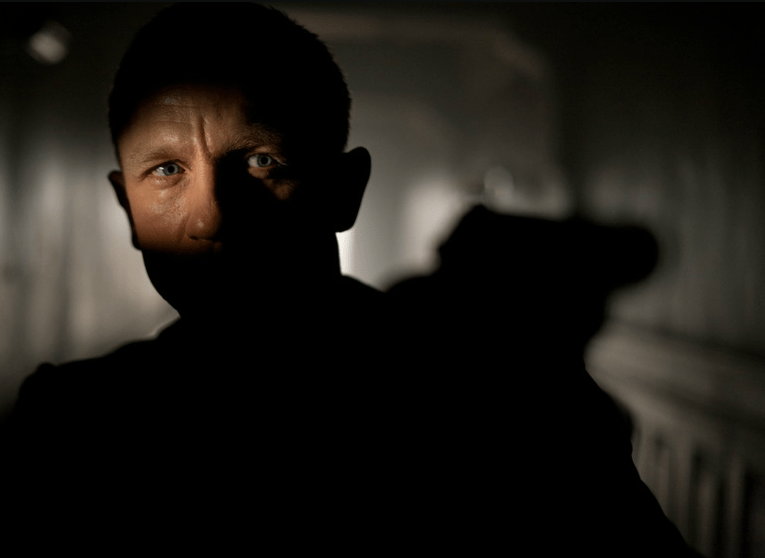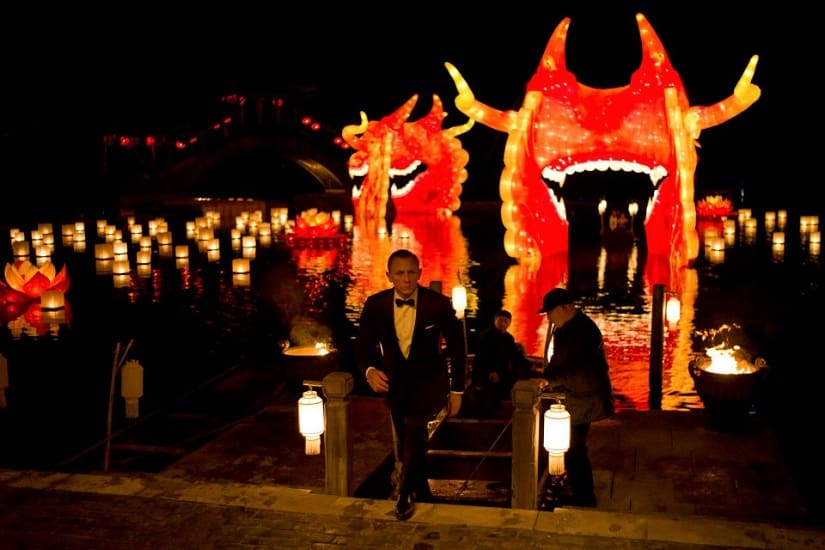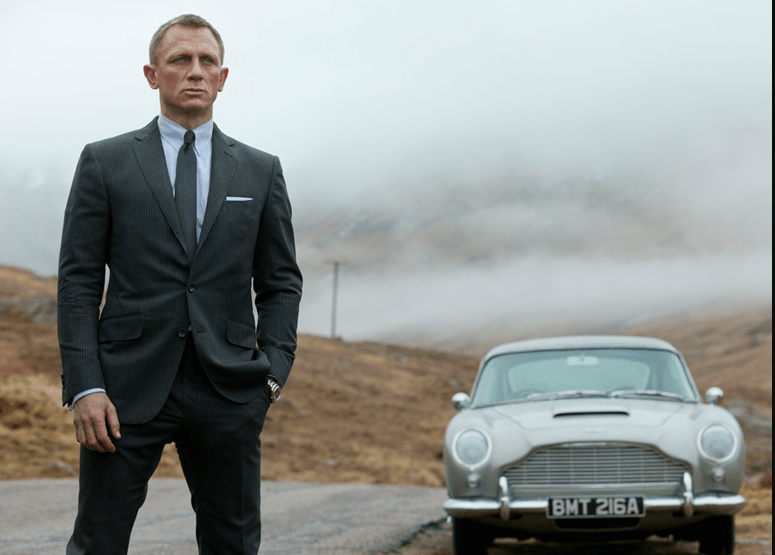I recently had the chance to view the new James Bond film, Skyfall. And what a film it is. Spectacular performances, brilliant direction and a chilling villain. But my highest praise is reserved for the incredible cinematography by Roger Deakins. Deakins may be a household name to cinephiles, but cinematographers often lose their recognition among the more visible stars of a film.
For photographers, Roger Deakins is a consummate professional, an icon of photography who deserves more recognition. That he has not won a single oscar, despite working on some of the most recognisable shots in the history of film, is a travesty. Deakins’ work ranges from the soaring arms of Andy Dufresne after crawling to freedom in The Shawshank Redemption to the sprawling white of the Coen Brothers’ Fargo.
What is most important to both cinematographers and photographers alike is their passion for light. The lighting in Skyfall oscillates from white to blue to yellow, as James Bond traverses each new location. The film was shot in digital on an Arri Alexa, using one or two cameras in a very traditional way. Sam Mendes points out in this interview, that cameras don’t need to be moving for the film to be exciting, unlike the overabundance of steady/vomit cam in action movies these days. He says:
“The camera doesn’t move that much. The action is moving, and the camera moves with it. It’s not just moving for the sake of moving.
Here is a brief breakdown of my three favourite scenes. If you haven’t seen the film, I suggest you do before reading below.
1. The Shanghai fight
James Bond hitches a ride under an elevator to track down an assassin. Deakins’ use of bokeh elevates what could be just another fight scene into pure artistry. While this scene was shot on set in Pinewood, it evokes a futuristic Shanghai. The decision to film in a glass filled room echoes the credits sequence, the visual language implying that this is a film about reflections, and the past of Bond himself.
The assassin looks out on a single yellow lit apartment, contrasting with the deep blues of the projections on the skyscraper. It reminded me of Soderbergh’s use of deep colour. What is most remarkable about this scene, and perhaps invisible to the viewer, is the amount of mirrors and reflections, which would have made it incredibly difficult to shoot without getting the camera in frame
2. Macau
James Bond sails across the lantern lit lake into the mouth of a dragon, reminiscent of sailing the river Styx to reach the underworld. Lit by hundreds of lanterns, the scene has a jaw-dropping wow factor in the sheer beauty of the location and the set dressing. The long slow tracking shot anticipates the action that is to come. With the fireworks going off in the background, it is just a perfectly beautiful moment where everything works.
3. Scotland
The Scotland scenes truly made my jaw drop, reminding me a great deal of New Zealand. The film manages the transition from a foggy day to night, seamlessly capturing the twilight hours. The management of this changing light is incredibly difficult.
It’s the layering of light that struck me the most in these scenes, particularly when the house explodes, it appears that everyone is silhouetted in receding layers of light. Like a watercolour painting, the light descends from yellow to orange to red, with the silhouettes of Bond and the villains in the foreground. The contrast between blue and yellow continues when Bond falls into the lake, descending once again into the blue world.
Deakins has an excellent eye for composition. There’s a memorable tracking shot from the rocks past the classic car to the men walking towards the house. My favourite shot of the film is at the start of the Scottish set piece, where the Aston Martin is parked in a valley filled with descending clouds, Bond stands alone looking at the road forward towards his past.
It’s a marvel to watch when a Director and Director of Photography work together to create a rich visual language. It takes great people to tell a story not simply through talk or actions, but the images on screen.
I wish I could break down the film further, with better stills and video, but the next best thing you can do is go and see the film yourself!
There is also a fairly technical discussion about Skyfall on Roger Deakins’ website forum here. In regards to the grading of the film, Deakins says:
“As I have said elsewhere, I create the ‘look’ of a film in camera. I use only one LUT and the set timing for each scene follows the metadata to the DI suite. The DI process then is, for me, all about matching from shot to shot within a scene and less about adjusting individual scenes. The colours and the contrast you see in the final film are just what they were on set. Naturally, when the film is run as a whole each scene will inevitably require a little adjusting in terms of density, saturation and contrast but that is generally a minor overall correction that we make once each scene is balanced within itself.“
It’s a credit to his photographic and cinematographic skills that it isn’t always about adjusting the image later but getting it correct in camera. Photographers take note, even when shooting James Bond, it comes down to the basics: good lighting, composition, knowledge of ISO, exposures, apertures and colour.





Share your thoughts